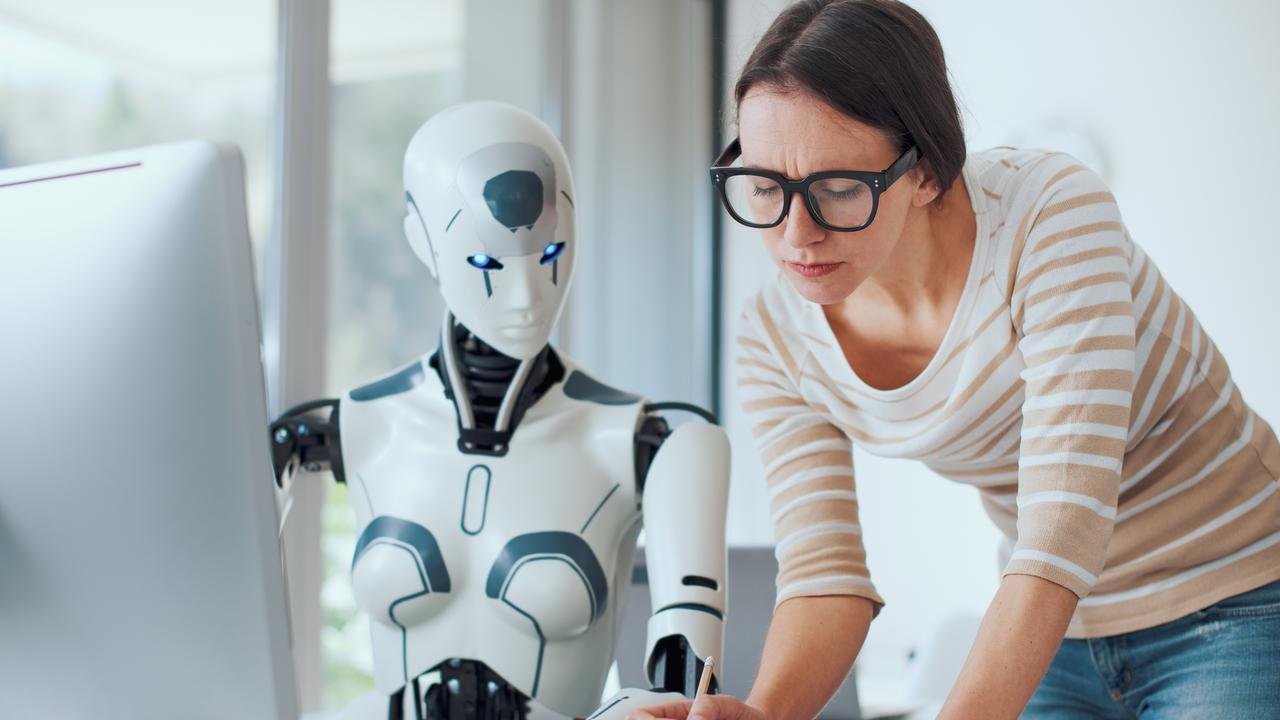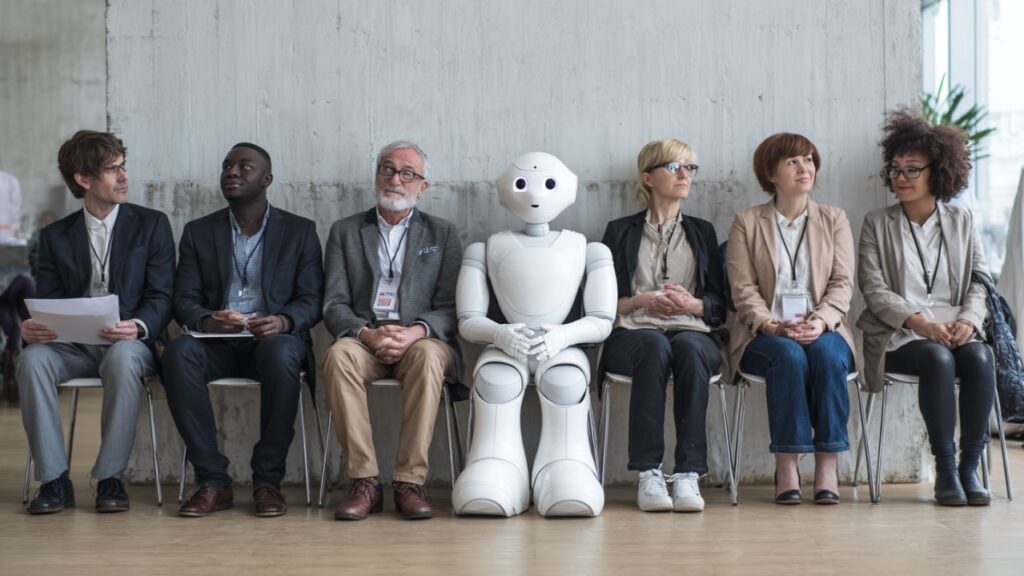Australian Nightmare: 150,000 Jobs on the Brink of Collapse as Uber Rolls Out “Robotaxis” Revolution
- Uber’s shocking plan to replace human drivers with AI-powered self-driving cars could leave up to 150,000 Aussies jobless
- The ride-sharing giant is partnering with tech giant NVIDIA and car maker Stellantis to unleash a new wave of autonomous vehicles
- The move could spell disaster for the gig economy, with drivers around the world facing an uncertain future as AI takes over
In a devastating blow to the gig economy, Uber is set to revolutionise its services by introducing AI-powered self-driving cars, dubbed “robotaxis”, which could leave up to 150,000 Aussie drivers facing the axe. The ride-sharing giant has announced plans to partner with technology giant NVIDIA and car maker Stellantis to “greatly expand its global autonomous fleets” in the coming years.
The partnership aims to achieve “Level 4” autonomous functionality, the second highest level of automated driving, which requires no human intervention. This means that the 150,000 Australians who currently drive for Uber could be replaced by driverless cars, leaving them with an uncertain future.
According to Uber CEO Dara Khosrowshahi, the move to autonomous vehicles is possible due to developments in AI software from companies like NVIDIA. “NVIDIA is the backbone of the AI era, and is now fully harnessing that innovation to unleash L4 autonomy at enormous scale, while making it easier for NVIDIA-empowered AVs to be deployed on Uber,” he explained.
Jensen Huang, founder and CEO of NVIDIA, added, “Robotaxis mark the beginning of a global transformation in mobility — making transportation safer, cleaner, and more efficient. Together with Uber, we’re creating a framework for the entire industry to deploy autonomous fleets at scale, powered by NVIDIA AI infrastructure.”

The news comes as a blow to the gig economy, which has already been plagued by job insecurity and low pay. With AI taking over working-class jobs, humans are left to search for the next opportunity. As one expert noted, “The reality appears to be that AI software will simply take over working-class jobs, leaving humans to look for the next opportunity.”
The rollout of autonomous vehicles is not limited to Uber, with companies like Waymo and Tesla already operating fleets of cars without human drivers in the US. The move is expected to transform the transportation industry, making it “safer, cleaner, and more efficient”. But at what cost?

